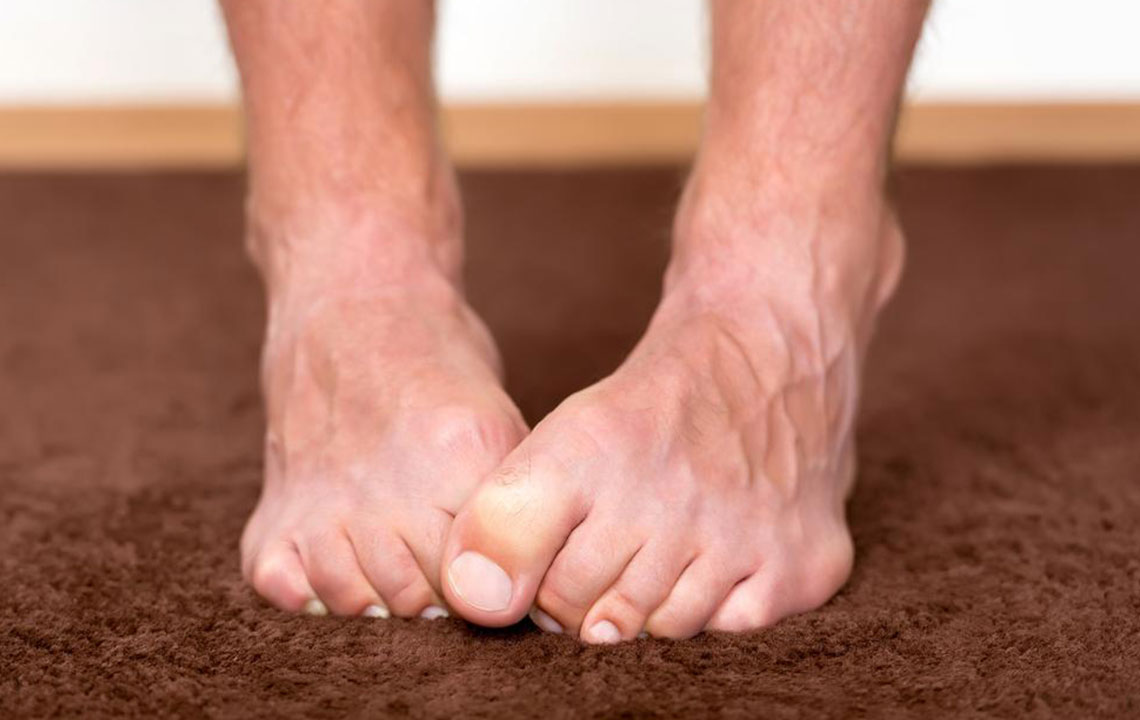Comprehensive Guide to Natural Methods for Migraine Relief and Prevention
This comprehensive guide explores natural remedies and lifestyle strategies to prevent and alleviate migraines. From dietary adjustments and stress management to herbal teas and aromatherapy, discover effective ways to manage migraine pain holistically. Implementing these techniques can reduce attack frequency and improve overall well-being, providing relief without reliance on pharmaceuticals. Learn about recent research, immediate relief options, and tips for long-term prevention to enhance your quality of life through natural methods.

Comprehensive Guide to Natural Methods for Migraine Relief and Prevention
The term 'migraine' has its roots in the Greek word 'hemicrania,' which describes pain localized on one side of the head. Migraines are characterized by intense, throbbing headaches that often affect one temple, behind the eyes, or near the ears, leading to significant discomfort. These headaches are often accompanied by other symptoms such as nausea, sensitivity to light and sound, blurred vision, and fatigue. Recognizing the triggers that can set off a migraine attack is crucial for effective management and prevention.
Migraines are more than just severe headaches; they are complex neurological events that can disrupt daily life. Various factors can trigger migraines, including environmental stimuli like bright lights and loud noises, weather changes, strong odors, and dietary choices involving foods high in tyramine such as aged cheese, red wine, and certain processed foods. Stress, lack of sleep, hormonal fluctuations, smoking, and lifestyle habits also play significant roles in triggering these episodes. While the exact cause of migraines remains not fully understood, lifestyle modifications and natural remedies can greatly help reduce their frequency and severity.
Most individuals experiencing migraines also grapple with symptoms like nausea, vomiting, heightened sensitivity to light (photophobia) and sound (phonophobia), scalp tenderness, blurred vision, and overall fatigue. In more severe cases, migraines can be debilitating enough to interfere with work, social activities, and daily routines. Women are statistically more susceptible, experiencing migraines two to three times more often than men, often linked to hormonal changes during menstrual cycles. Despite the mysterious nature of migraine etiology, adopting healthy lifestyle habits can serve as a powerful preventive measure. Eating balanced, nutritious meals, staying well-hydrated, engaging in regular physical activity, and ensuring restorative sleep are foundational strategies to minimize the risk of attacks.
While pharmaceutical medications provide effective relief for many migraine sufferers, they are not always suitable or preferred by everyone. Many individuals seek natural alternatives and home remedies that can alleviate pain without the side effects associated with some drugs. Coffee, for instance, contains caffeine, which can sometimes help narrow blood vessels and reduce headache pain; however, excessive intake may actually trigger migraines. Therefore, a balanced approach that incorporates safe and natural remedies is advisable.
To better manage migraine symptoms, consider integrating these practical tips into your lifestyle:
Begin tracking your migraines meticulously—note the frequency, duration, severity, possible triggers like specific foods or emotional stressors, and environmental conditions. This can help identify personal triggers and adjust behaviors accordingly.
Maintain stable blood sugar levels by eating Regular, well-balanced meals at consistent times, avoiding long fasting periods that can precipitate headaches.
Engage in gentle, non-strenuous exercises such as walking, stretching, or yoga, which can help relax tense muscles in the neck, shoulders, and face, and promote overall wellbeing.
Incorporate massage therapy into your routine, focusing on neck, shoulders, and back muscles to release tension. Aromatherapy using essential oils like lavender or peppermint can complement this approach if tolerated well.
Practice mindfulness meditation and yoga to manage stress effectively, as stress is a common migraine trigger. These practices help activate relaxation responses and reduce overall headache frequency.
Ensure adequate intake of magnesium—recommended 400-600 mg daily—by consuming magnesium-rich foods such as spinach, yogurt, almonds, avocados, dark chocolate, and bananas. Magnesium deficiency is associated with increased migraine risk, especially in women with menstrual-related migraines.
Incorporate vitamin B12-rich foods or supplements, as some studies suggest they may help decrease the frequency of migraine episodes.
New research indicates that exposure to specific types of light, particularly green LED light, may significantly reduce migraine pain. While promising, further studies are needed to confirm this effect, but it opens new avenues for non-invasive treatment methods.
Implementing these preventive strategies can substantially decrease the likelihood of future migraines. Beyond long-term prevention, some natural remedies can provide immediate relief from acute attacks:
Consuming apple cider vinegar diluted in honey and water daily may help prevent migraine episodes by balancing body pH levels and improving circulation.
Applying cold packs or ice to the forehead or neck area helps constrict blood vessels, reduce inflammation, and numb pain receptors, often providing quick relief.
Herbal teas like chamomile, with their anti-inflammatory and calming properties, can quickly soothe migraine symptoms. Dandelion tea, known for detoxification benefits, can also promote relaxation.
Ginger, whether consumed as fresh raw slices or brewed into tea, has anti-inflammatory properties that can reduce migraine-associated nausea and inflammation effectively.
Inhalation of essential oils such as lavender and peppermint can mitigate pain and promote relaxation. Personal sensitivities should be considered when using aromatherapy.
Topical application of peppermint oil directly onto painful areas has been shown to lessen headache severity. Rosemary oil may also offer benefits due to its anti-inflammatory effects.
Herbal extracts like butterbur, traditionally used for pain relief, have demonstrated potential in reducing migraine frequency. Nevertheless, caution is advised due to possible toxicity, and consultation with a healthcare professional is recommended before use.
By integrating these natural remedies and lifestyle changes, individuals can better manage migraine symptoms and often reduce their reliance on medications. Maintaining healthy habits, understanding personal triggers, and utilizing effective home treatments offer a holistic approach to controlling migraines, enhancing quality of life naturally and safely. As scientific research continues to explore new avenues, more innovative natural therapies are expected to emerge, offering hope to millions affected by this challenging condition.





